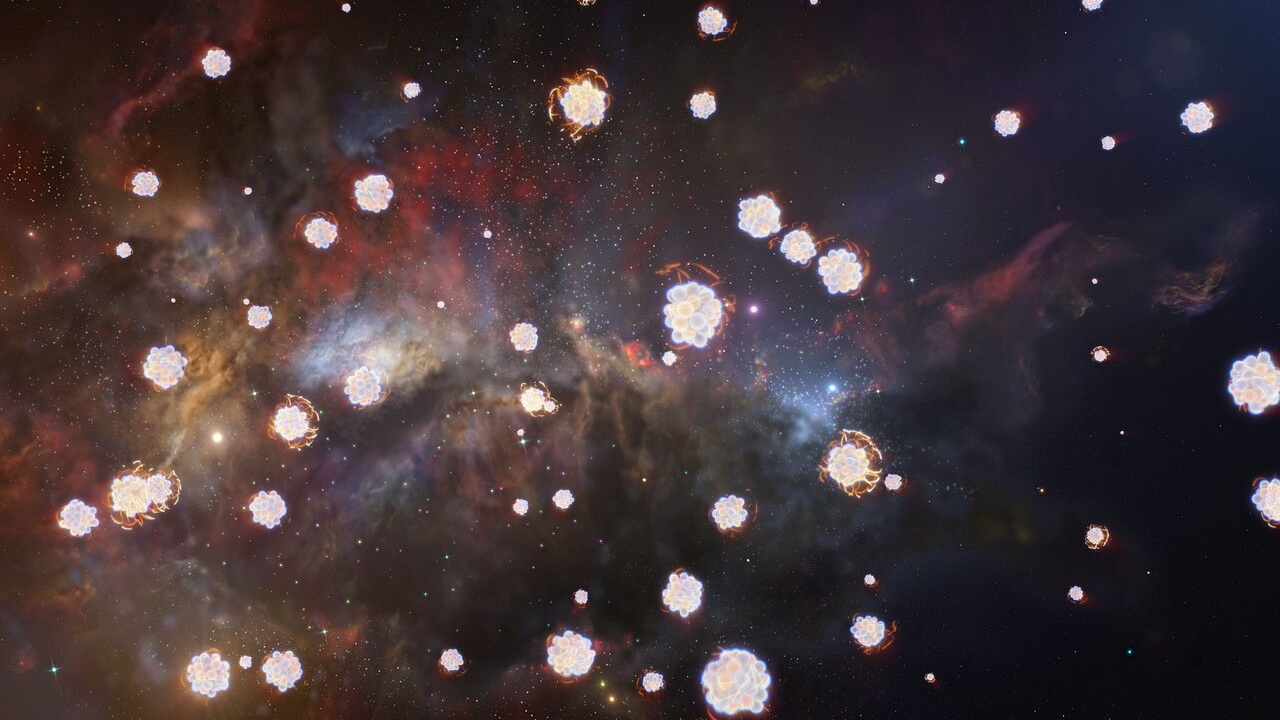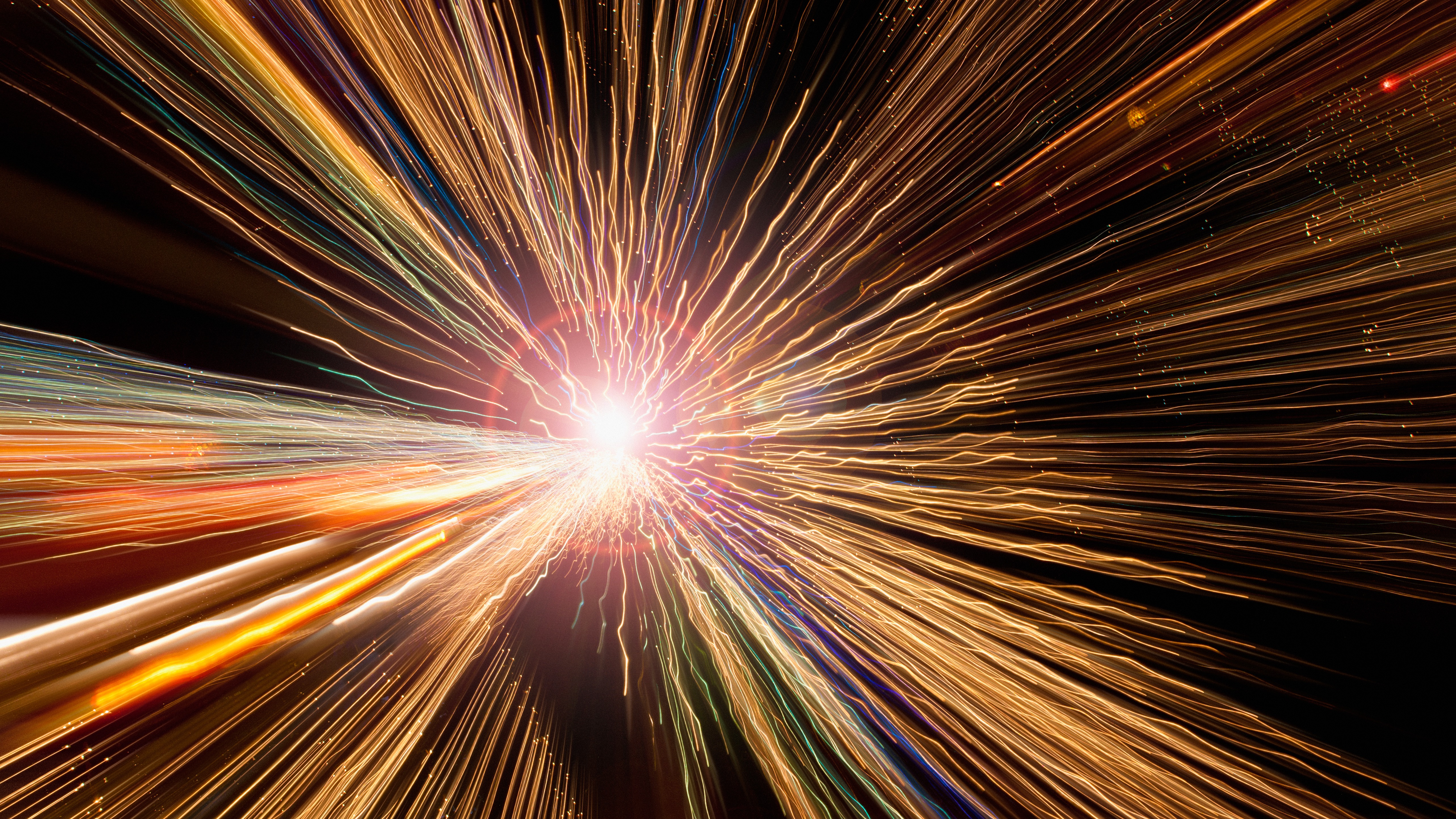Kentucky-based astrophotographer David Joyce has shared a glorious deep space vista revealing the fossil light of a vast supernova remnant created in the death throes of an enormous star some 10,000 years ago. Joyce’s nebula scene captures the expanding shell of the supernova remnant CTB 1, also known as both the Garlic Nebula and the Medulla Nebula for its resemblance …
Read More »Tag Archives: cosmos
George F. Smoot, Who Showed How the Cosmos Began, Is Dead at 80 – The New York Times
George F. Smoot, Who Showed How the Cosmos Began, Is Dead at 80 The New York Times Source link
Read More »Daylight Savings Time Is So Bad, It’s Messing With Our View of the Cosmos
An anonymous reader shares a report: In a preprint titled “Can LIGO Detect Daylight Savings Time?,” Reed Essick, former LIGO member and now a physicist at the University of Toronto, gives a simple answer to the paper’s title: “Yes, it can.” The paper, which has yet to be peer-reviewed, was recently uploaded to arXiv. That might seem like an odd …
Read More »Daylight Savings Time Is So Bad, It’s Messing With Our View of the Cosmos
Tracking gravitational waves—invisible ripples in space-time from intense astronomical events—pushes the limits of what astronomers must do to reduce unwanted noise. Scientists have been getting increasingly better at doing just that, but new research warns that something rather unexpected might be getting in the way: daylight savings time. In a preprint titled “Can LIGO Detect Daylight Savings Time?,” Reed Essick, …
Read More »Supernova blast sculpts ghostly hand-shaped nebula in the cosmos (video)
A glowing hand stretches across the cosmos, with its palm and fingers sculpted from the wreckage of a massive stellar explosion. The eerie structure is part of the nebula MSH 15-52, powered by pulsar B1509-58 — a rapidly spinning neutron star that is only about 12 miles (20 kilometers) in diameter. By combining radio data from the Australia Telescope Compact …
Read More »Scientists just recreated the universe’s first ever molecules — and the results challenge our understanding of the early cosmos
This story was provided by Live Science, a sister site of Space.com. For the first time, researchers have recreated the universe’s first ever molecules by mimicking the conditions of the early universe. The findings shake up our understanding of the origin of stars in the early universe and “calls for a reassessment of the helium chemistry in the early universe,” …
Read More »Light pollution is encroaching on observatories around the globe – making it harder for astronomers to study the cosmos
This article was originally published at The Conversation. The publication contributed the article to Space.com’s Expert Voices: Op-Ed & Insights. Outdoor lighting for buildings, roads and advertising can help people see in the dark of night, but many astronomers are growing increasingly concerned that these lights could be blinding us to the rest of the universe. An estimate from 2023 …
Read More »Seeds of the cosmos: How a Pakistani engineer sent wheat into space – Pakistan
The test tube carrying the Pakistan-origin wheat seeds was aboard the SpaceX Dragon Capsule, which was launched from Nasa’s Kennedy Space Centre on August 1. Space, as all Trekkies agree, is the final frontier. It is mysterious, magnificent, mighty, and draws in earthlings who have long dreamed of exploring other worlds. In recent years, these dreams have crossed over from …
Read More »Scientists just recreated the universe’s first ever molecules — and the results challenge our understanding of the early cosmos
When you buy through links on our articles, Future and its syndication partners may earn a commission. The earliest stars formed hundreds of millions of years after the Big Bang by employing helium hydride ion reactions. | Credit: John Lund via Getty Images For the first time, researchers have recreated the universe’s first ever molecules by mimicking the conditions of …
Read More »Scientists just recreated the universe’s first ever molecules — and the results challenge our understanding of the early cosmos
For the first time, researchers have recreated the universe’s first ever molecules by mimicking the conditions of the early universe. The findings shake up our understanding of the origin of stars in the early universe and “calls for a reassessment of the helium chemistry in the early universe,” the researchers wrote in the new study, published July 24 in the …
Read More »







